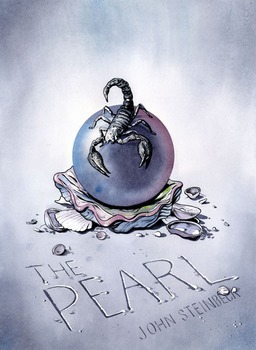Please go to Google Classroom and view the two most recent posts.
After finishing your first two position papers (revised and ready for turn-in), for the remainder of the week, you have three options:
Complete a presentation of your letter to authority (use the template posted in Classroom, but spruce it up!)
- Present your presentation via a screen capture of your Slides.
Maximum score: 16/20
Write a protest poem (using the contents and ideas of your letter) in one of the two styles of a poem shared in Google Classroom ("Lost Generation" or "We Are Not Responsible").
- Present your poem via Flipgrid (more information to come).
Maximum score: 20/20
Write a third position paper on the remaining agenda topic for your committee.
Likely score: 24/20
_________________________________________________________________________
Periods 3 and 4:
Affinity mapping: Censorship
Take a look at today's Slides (if you are absent). Although you missed the class collaboration, you will want to understand what we talked about and review the notes on the four types of evidence.
_________________________________________________________________________
Period 6:
Hopefully, you've already written your introduction paragraph, where you've presented your problem and proposed a potential solution. If not, take a look at my intro paragraph about the vandalism at PLHS.
Once you've drafted your introduction, it's time to dive into the body of the essay.
You might want to aim for 2-3 paragraphs that discuss the solution.
- Explain your solution in simple terms that anyone could understand.
- Offer as many details as possible about how this will solve the problem without getting unnecessarily wordy.
- Explain why you think your solution will be effective.
- Where possible, cite evidence for your solution.
- Offer examples where similar solutions have worked before.
- Cite expert opinion, statistics, and studies. Try using a frame like this:
- In the article “______________” by John Doe, he asserts/claims/supports...
Take a look at a sample body paragraph.
You should have one to two body paragraphs drafted by tomorrow. If you do not, you will certainly be behind.







